Yarn Weight Categories Explained
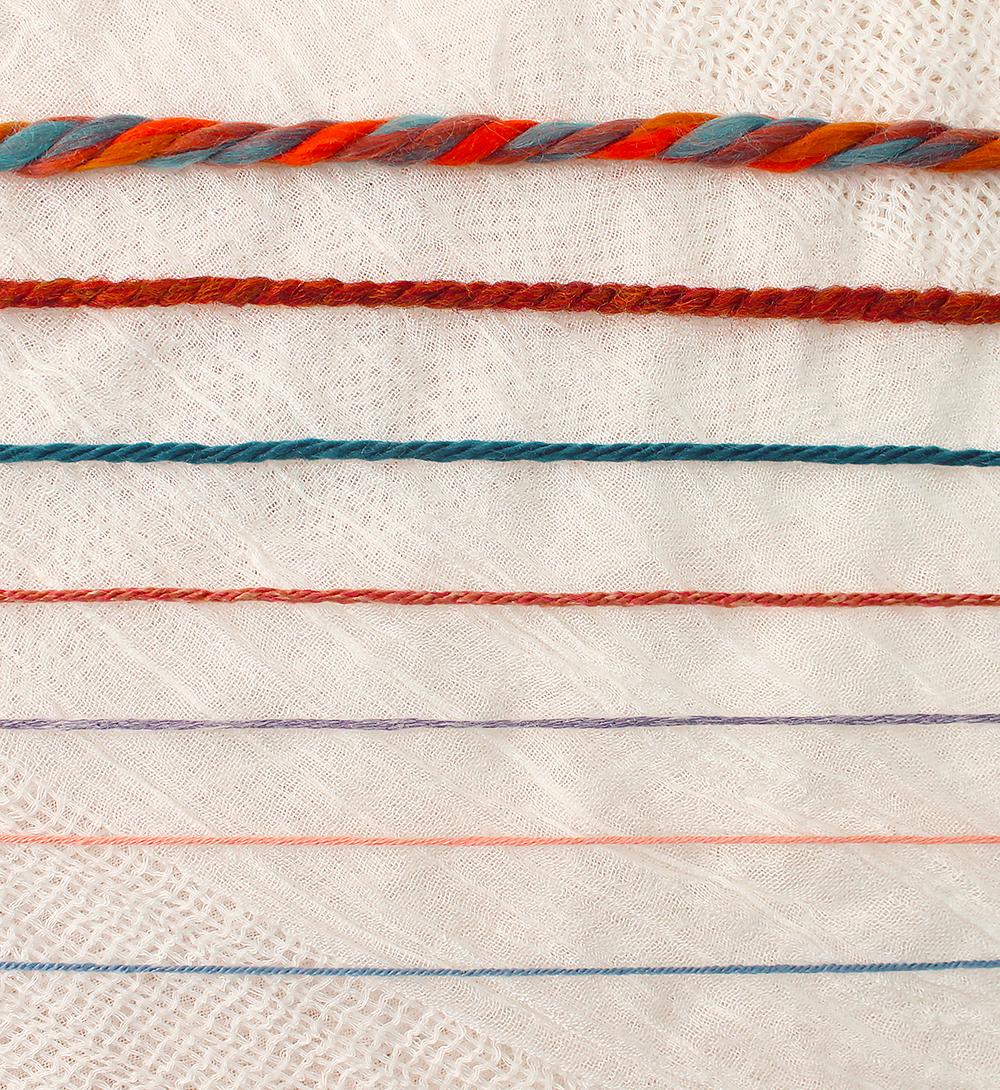
When I was first learning to crochet, I really had no idea what yarn weights were or that they even existed, and that is my inspiration for writing this post. Because in the time that I’ve been publishing patterns, I’ve noticed that it’s kind of a common topic of confusion, not just with beginners, but for anyone who is newer to using patterns. So if you too, don’t quite get what the heck yarn weights are, don’t worry, I’m here to thoroughly explain!
First of all, yarn weight categories are NOT relevant to the physical weight of the yarn. Actually, they refer to the thickness of the yarn.
Now you might be wondering, why is that even important?
One of the most common questions I get about crochet patterns is regarding yarn substitution. “Can I use ____ yarn instead for this pattern?”. And to answer that question, if ____ yarn is the same weight category as what the pattern calls for, most likely, yes. However, if ____ yarn is from a different weight category, usually no.
Think about it like this; if you’re following a hat pattern that calls for a thin yarn, you really can’t substitute a thicker yarn because it will make your hat come out too big.
I know we all have our favorite yarns that we would love to use all the time, but unfortunately, you definitely cannot use any & every yarn for any & every pattern out there. So, understanding yarn weights is the key to knowing which yarns you can substitute when working with a pattern.
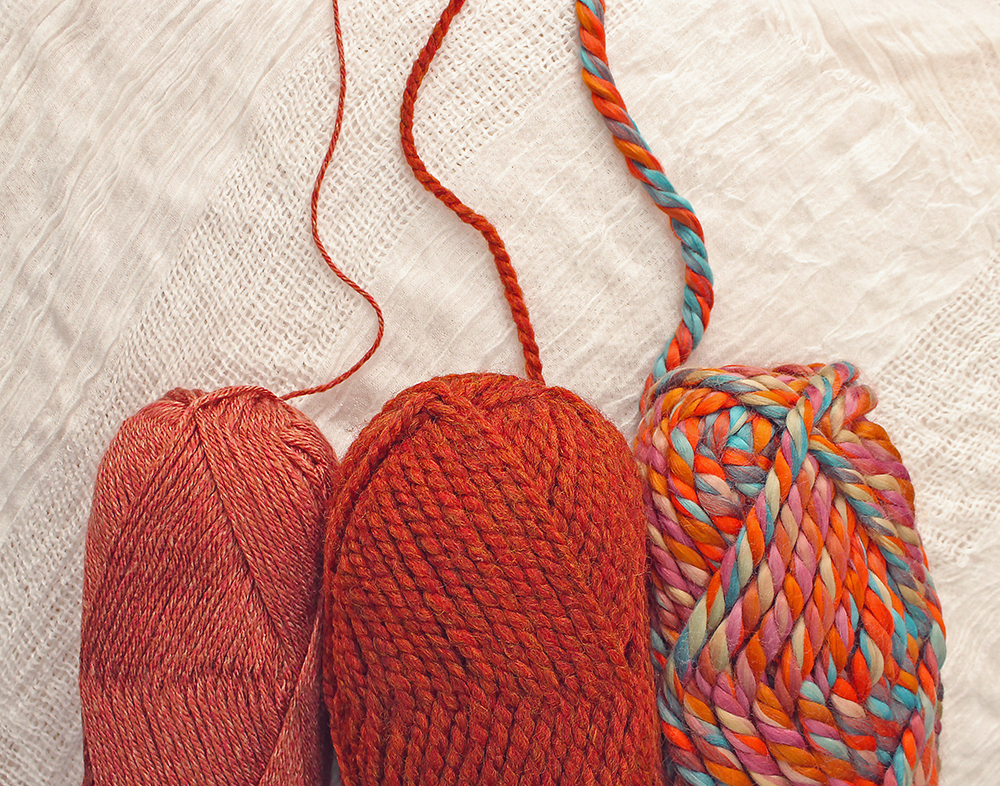
So how to do you know which yarn is which weight category? Typically yarn labels will have a little yarn symbol on them that has a number on it. That is your yarn’s weight category. Below, I’m going to list the weight categories along with some examples of each:

0 – Lace
Examples: Knit Picks Aloft, Malabrigo Lace, Cascade Alpaca Lace

1 – Super Fine, a.k.a. “sock” or “fingering”
Examples: Loops & Threads Woolike, Lion Brand Sock-Ease, Knit Picks Palette

2 – Fine, a.k.a. “sport”
Examples: Premier Cotton Fair, Lion Brand Ice Cream, Knit Picks Andean Treasure

3 – Light, a.k.a “DK”
Examples: Patons Grace, Cascade Ultra Pima, Lion Brand Mandala

4 – Medium, a.k.a. “worsted”
Examples: Red Heart Soft, Caron Cakes, Lily Sugar n Cream

5 – Bulky, a.k.a. “chunky”
Examples: Bernat Velvet, Patons Shetland Chunky, Loops & Threads Charisma

6 – Super Bulky
Examples: Lion Brand Wool-Ease Thick & Quick, Bernat Blanket, Loops & Threads Cozy Wool

7 – Jumbo
Examples: Red Heart Collage, Red Heart Grande, Bernat Maker Big
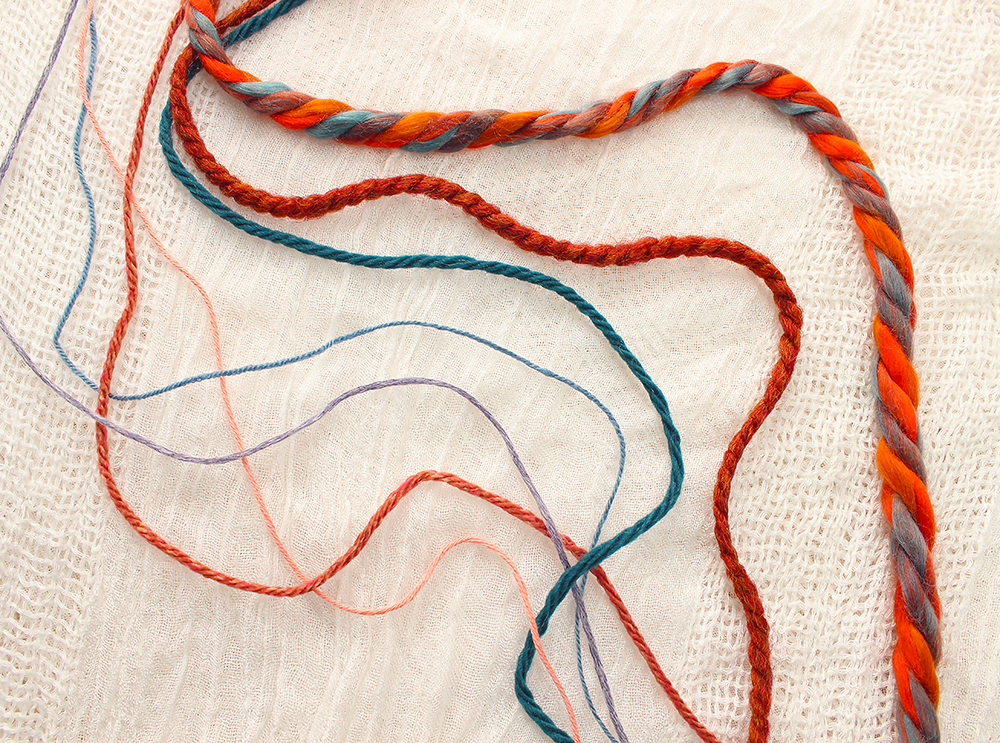
I hope that if you were confused by yarn weights, that you now have a solid idea of what they are! If you have any questions, please ask in the comments and I’ll try to add to this post to make it even more helpful!
Disclosure: This post contains affiliate links. If you click & make a purchase, I will receive a small commission at no extra cost to you. This helps to ensure that I’m able to continue posting free patterns and tutorials! Thank you for your support! :)
PIN IT TO SAVE IT FOR LATER!
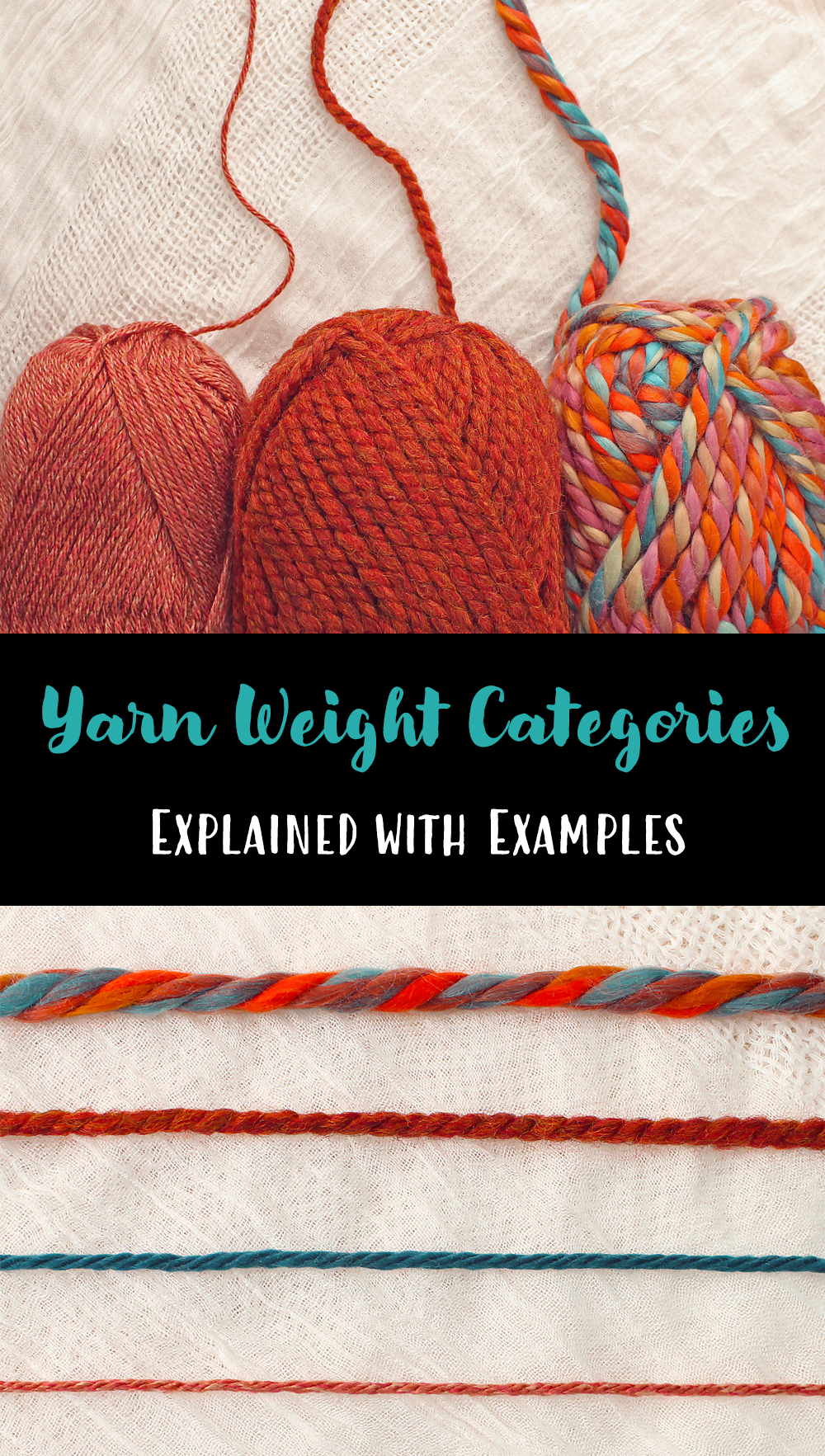
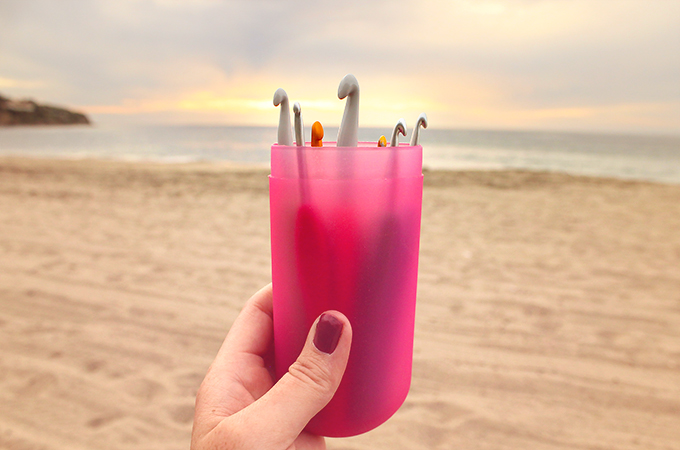
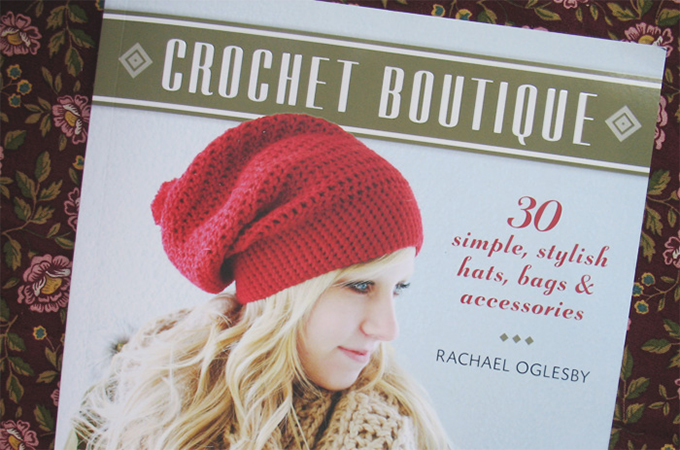
This is helpful! Thank you.